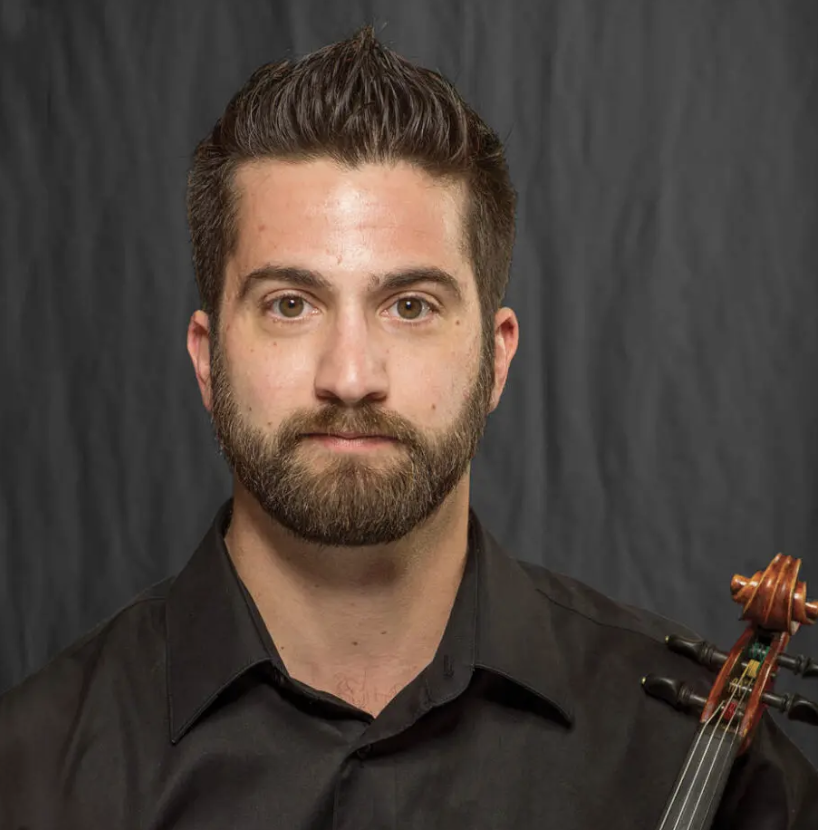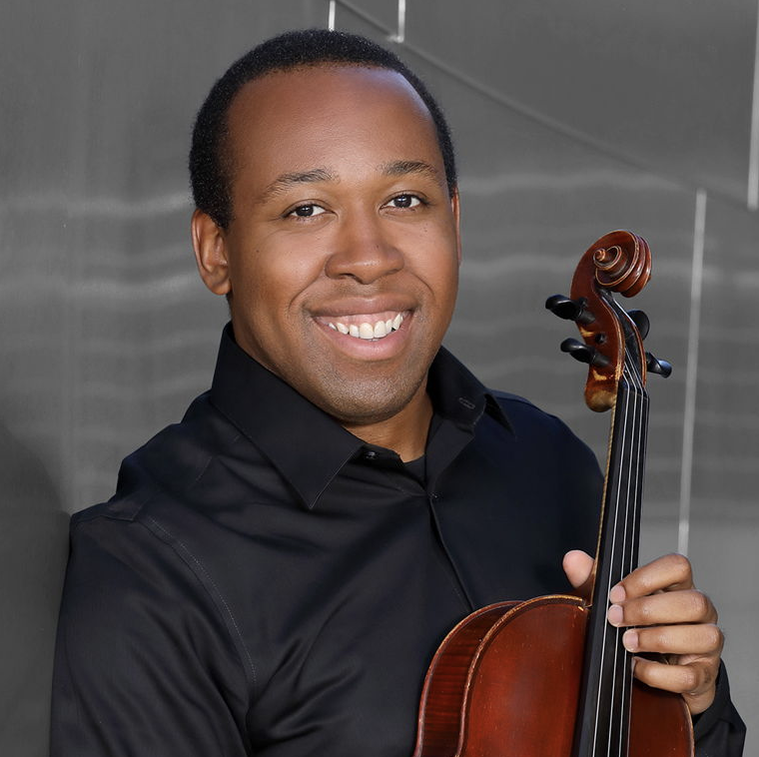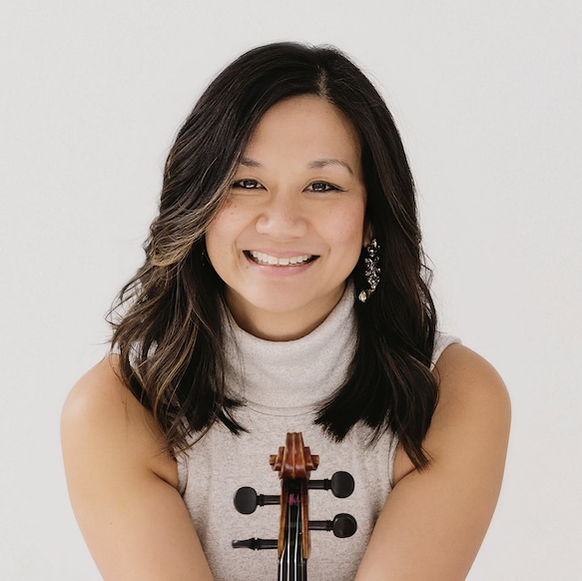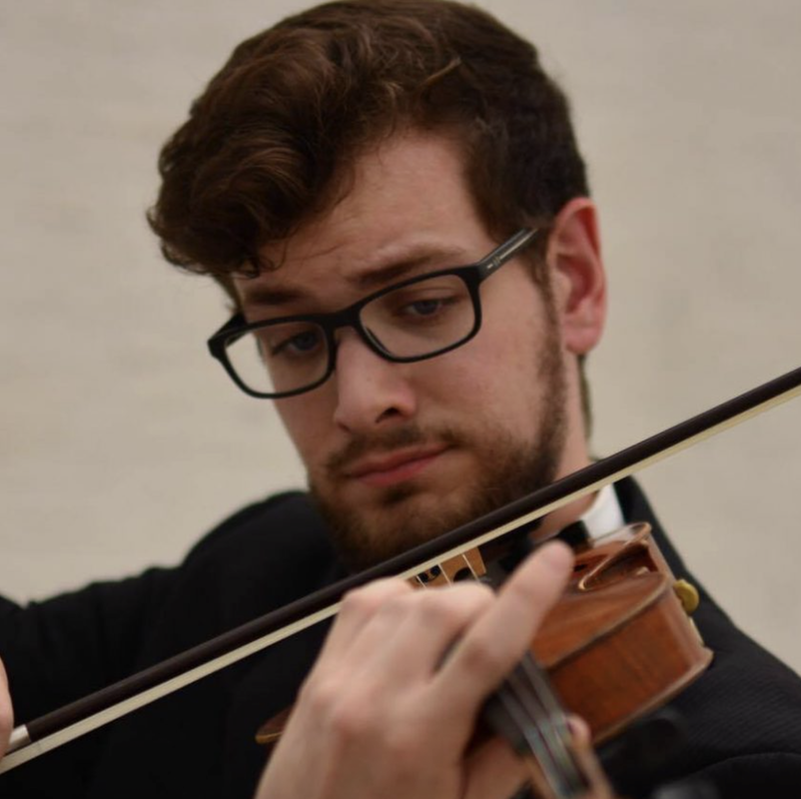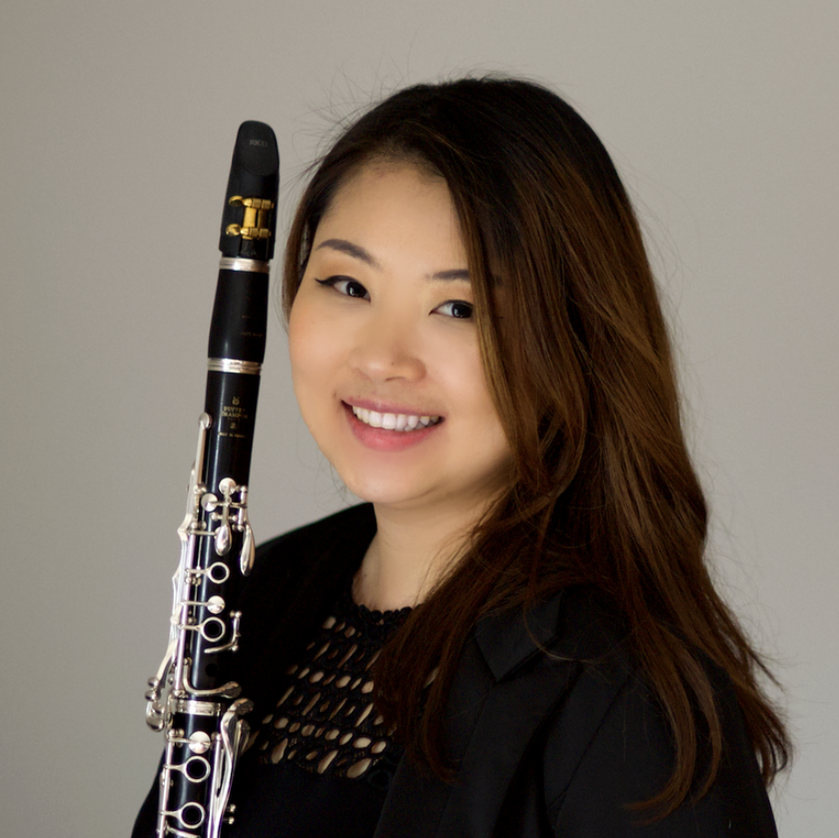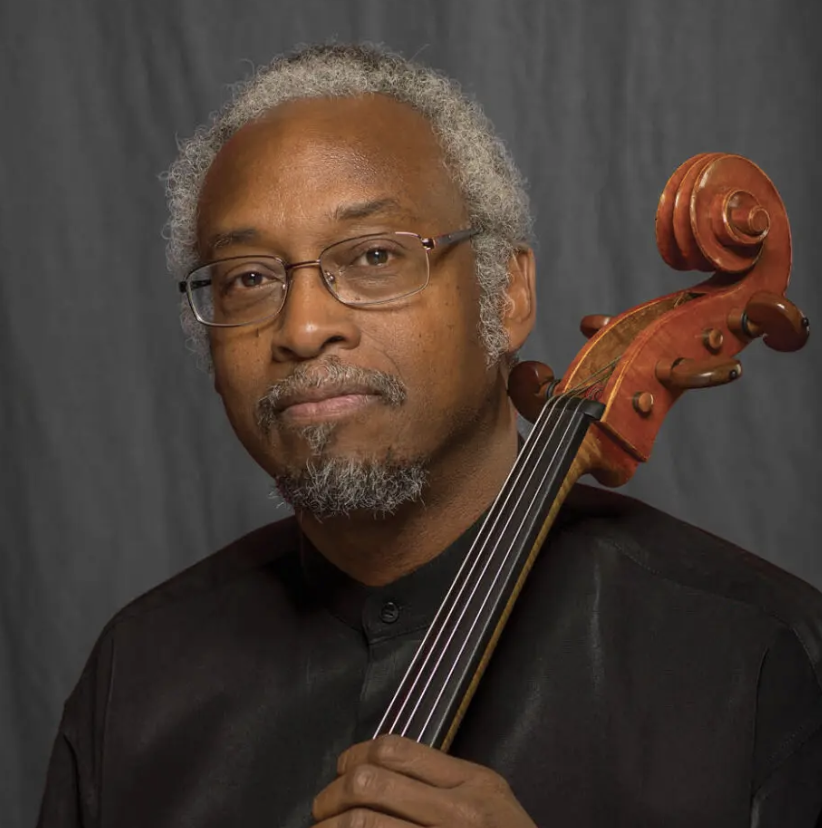Program
Milhaud: Suite for Violin, Clarinet and Piano, Op. 157b
I. Ouverture
II. Divertissement
III. Jeu
IV. Introduction et final
Tartini: Violin Sonata in G minor "Devil's Trill"
I. Larghetto ma non troppo
II. Allegro moderato
III. Andante
IV. Allegro assai — Andante — Allegro assai
Brahms: String Quintet No.2 in G major Op.111
I. Allegro non troppo, ma con brio
II. Adagio
III. Un poco Allegretto
IV. Vivace ma non troppo presto
I. Ouverture
II. Divertissement
III. Jeu
IV. Introduction et final
Tartini: Violin Sonata in G minor "Devil's Trill"
I. Larghetto ma non troppo
II. Allegro moderato
III. Andante
IV. Allegro assai — Andante — Allegro assai
Brahms: String Quintet No.2 in G major Op.111
I. Allegro non troppo, ma con brio
II. Adagio
III. Un poco Allegretto
IV. Vivace ma non troppo presto



